What is Hyssop? How to Grow and Use the Medicinal Herb of the Ages
Medicinal herbsHyssop is one of the most well-known herbs and has been an apothecary and culinary staple since classical antiquity. We'll cover some common uses of the hyssop plant as well as how to grow it in your own garden.

Medicinal Uses for Hyssop
A native plant growing in the Mediterranean and western Asia, hyssop is grown for its beautiful purplish-blue flowers as well as its medicinal properties.
Hyssopus officinalis is considered “true” hyssop and is the plant used for culinary and medicinal purposes for centuries. It has been a remedy for bronchitis, coughs, fevers, anxiety, tension, and ulcers. While the reason behind its usage may not have been fully understood, modern studies have shed some light on the science behind the traditional remedies.
The oils in hyssop have expectorant properties, making it a natural choice for cough, cold, and chest infection. In addition, it promotes sweating and can help break up congestion.
The antioxidants found in hyssop can help reduce the risk of cancer.
Recent studies suggest that hyssop has anti-fungal and antimicrobial activity that can inhibit spoilage and increase the shelf life of food.
Hyssop leaves can be used externally on cuts and bruises and can reduce inflammation.
A juice made of crushed leaves is used to treat roundworms.
As a topical agent, hyssop may help combat herpes infections such as cold sores.
Crushed hyssop leaves can be added to honey to make a syrup for coughs and catarrh.
How to Grow Hyssop from Seed
Hyssop can be grown in perennial herb gardens, flower beds, and vegetable gardens. It is a hardy perennial in zones 3-10 and can be a semi-evergreen shrub in zone 6 and warmer.
Although hyssop seeds are slow to germinate, it is an easy plant to grow and maintain. It thrives in full sun and well-draining soil.

Hyssop Seed Starting Tips
Start hyssop seeds indoors 8-10 weeks before the last frost date or sow directly outdoors in late fall or 2-4 weeks after the last frost date in spring.
- Sow seeds indoors 8-10 weeks before the last frost.
- Place them on top of the soil and then lightly sprinkle additional soil over the seeds.
- Keep the seeds warm and moist but not soggy.
- Hyssop seeds will generally take 14 to 21 days to germinate.
- Once the seeds have sprouted, water from the bottom and keep them in bright direct light.
- Seedlings are ready to transplant after they are a few inches tall and all danger of frost has ended.

Caring for Hyssop Plants
- When you are ready to transfer them outside, acclimate them to outdoor conditions by hardening them off.
- Once you are ready to plant, space plants about 12 to 24 inches apart in a sunny, well-drained location.
- Hyssop likes full sun but can tolerate partial shade.
- Once your hyssop plants are established, you can divide the clumps every few years.
Hyssop prefers a drier, well-drained soil with plenty of organic matter.
Once they are growing in your garden, hyssop plants can be lightly pruned after flowering.
Leave them alone in the fall and then prune them all the way back in the spring for new growth. Pruning can also happen throughout the growing season to keep plants manicured, especially if they are grown in a container.
After hyssop flowers in the summer, allow the seed pods to dry out completely to save seed for next year.
Hyssop can also be propagated from cuttings taken in the summer.

Harvesting Hyssop
Harvest hyssop in the morning when the oils and flavor are most potent. Just after the dew has dried, use sharp garden shears to cut the top parts of the plant.
You can cut back to the first leaves on the stem, and it will send out new growth and have a more compact shape.
Hyssop is best used fresh, so prune or pick leaves any time during the growing season to use as needed.
For longer-term storage, hyssop can be frozen or dried. To dry, cut stems and hang them upside down in a warm and arid location with good air circulation.
Cautions: Hyssop is considered safe at levels commonly used in foods. But hyssop oil is a known convulsant. Therefore, hyssop should not be given to children or people with seizure disorders. It should also be avoided during pregnancy.

Culinary Uses for Hyssop
There are many culinary uses for hyssop, such as a lovely garnish for dishes and for flavoring foods.
- Hyssop can be used in place of mint in marinades and seasonings for cooked meat dishes.
- It can be used to make a lovely, minty infusion for cocktails.
- Hyssop leaves can be added to soups and roasted vegetable dishes like ratatouille.
- Sprinkle fresh hyssop leaves over simple pasta dishes.
- An herbal tea can be made from hyssop. Use 1-2 tsp of leaves per cup of boiling water and allow to steep.
- Hyssop can also be used to make herb-infused butter.
Hyssop has a strong aromatic smell, sometimes described as minty or sweet. The flowers have a more delicate flavor than the leaves, which can have a slightly bitter taste.
A little goes a long way, so start with a small amount of the herb and see how you like the flavor. Then, try adding it with other herbs like chives, parsley, bay, and sage.
- In addition to its medicinal value, hyssop is also beneficial in the garden, where it attracts bees, butterflies, and other beneficial insects. In addition, beekeepers prize honey made from hyssop.
- In the vegetable garden, hyssop can also be a protective companion plant for brassicas as it lures in the cabbage moths.
Hyssop has been cherished in herbal medicine for centuries. In the garden, it’s not only beautiful but also a magnet for pollinators like bees, butterflies, and hummingbirds. Its strong scent can even help deter pests, making it a beneficial companion plant for vegetables and other herbs.
This herb thrives in full sun and well-drained soil, making it perfect for a variety of garden conditions, especially drought-prone areas. Once established, hyssop is low-maintenance, requiring little water or fertilizer.
By planting hyssop, you’re not only enhancing your garden’s aesthetic but also supporting local pollinators and creating a source for homegrown herbal remedies.
Why not add this versatile, easy-to-grow herb to your garden this season?
Written by Teresa Chandler




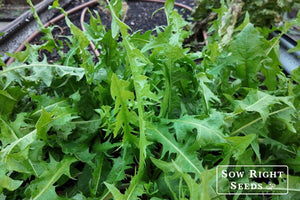

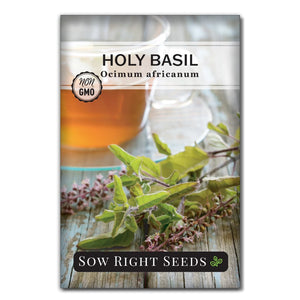
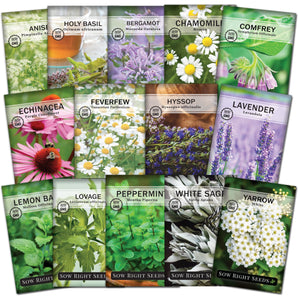
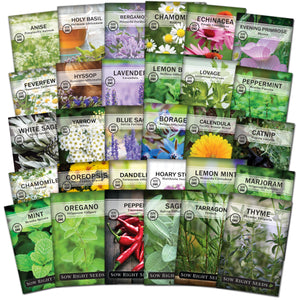
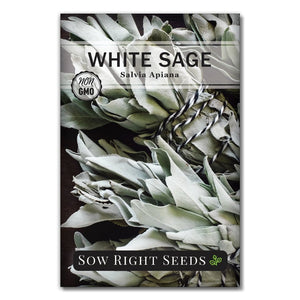
Leave a comment